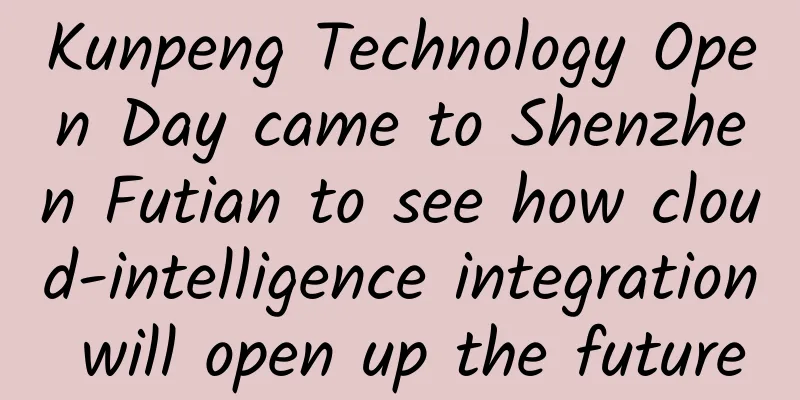Simplify Smart Buildings with PoE Connected Lighting

|
Designers of smart homes, offices and factories are constantly seeking new ways to improve the efficiency of the systems used to deliver and manage building facilities. Historically, data networks and power networks have been installed separately, each with the purpose of performing distinctly different functions, but this has required the installation of two completely different cable types in the building structure. 1. Smart lighting plays a key role in building automation Connected Lighting and Building Automation 2. Onsemi's NCL31010 PoE interface LED driver is targeted at networked lighting systems The device is PoE compliant (capable of delivering over 90 W of system power) and IEEE802.3bt/at/af certified. Its buck LED driver is 97% efficient and supports high bandwidth, high linearity analog and PWM dimming (down to zero current). Spread spectrum technology helps reduce the amount of conducted and radiated EMI. |
<<: Optical transceivers, repeaters, and muxponders: Which is right for your network?
Recommend
HXServers: $3/month KVM-dual-core CPU, 1GB memory, 60G NVMe, 2Gbps unlimited traffic, Los Angeles/Phoenix data center
HXServers is a new foreign hosting company that o...
The industry chain works together to make great progress in 5G messaging
2020 is a critical year for my country's 5G c...
Understand computer networks from a different perspective and build a knowledge framework for computer networks
The so-called change of perspective is to start f...
CloudCone Easter Promotion: $15/year KVM-1GB/30GB/3TB/Los Angeles Data Center
CloudCone offers three special VPS packages for t...
TmhHost is 30% off during the summer vacation, starting from 24 yuan/month, Hong Kong CN2/Los Angeles CN2/Los Angeles High Defense/Japan Softbank lines are available
During the summer vacation, TmhHost offers a 30% ...
After "encircling and suppressing" Huawei: The United States begins to save itself in 5G
[[338650]] Recently, the United States announced ...
Apple and Qualcomm reached a settlement, Intel was eliminated, what is the difficulty in Huawei's must-win 5G baseband chip?
A week ago, Qualcomm and Apple, which had once &q...
BandwagonHost: Los Angeles DC9 limited CN2 GIA line annual payment of 74 US dollars, 2.5-10Gbps bandwidth CN2 GIA quarterly payment starts at 46.7 US dollars
Recently, Bwh81 has added a limited edition speci...
Application of 5G in the Public Sector of Future Smart Cities
The integration of 5G technology is expected to s...
Report: The number of Internet users in my country has reached 940 million, of which nearly 223 million are students, accounting for 23.7%
According to CCTV reports, the 46th "Statist...
China Unicom will gradually withdraw 2G network users and allow them to change their cards for free
2G will become history, users can change cards fo...
Choosing eMTC or NB-IoT should no longer be a problem
For a long time, the two cellular Internet of Thi...
Different Types of Network Cables and Their Uses
In today's connected world, network cables pl...
How can enterprises fully leverage the potential of private 5G networks?
It may take some time for 5G to become the most a...
Tudcloud: Hong Kong VPS 30% off, starting from $7.2/month, with options for high bandwidth or unlimited traffic
Tudcloud has sent out the latest promotion, with ...









